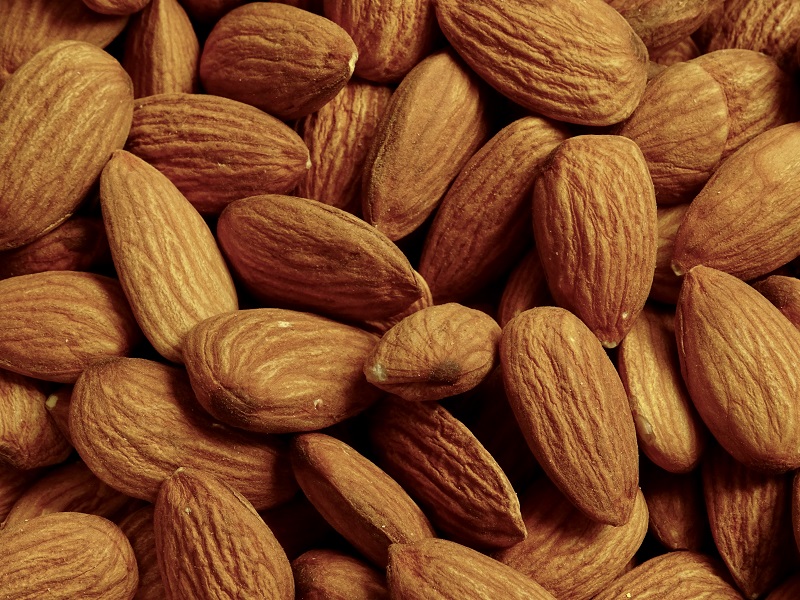May Day, May Day – Look Out for Fire Blight
As fire blight season approaches, Tianna DuPont, Washington State University (WSU) Extension Tree Fruit Specialist, advises apple growers to watch WSU’s CougarBlight and check out their new updated Fire Blight page.
“With the cool weather this spring fire blight pressure is generally low,” she writes. “However, with warm temperatures risk could increase. Due to the high innocula from last year it is critical to be on top of things.”
It is crucial that growers are aware of fire blight risk from when primary bloom begins until the end of secondary (rat tail) flowering. Secondary bloom, typically 1 to 3 weeks after full bloom is generally a prime period for infection. Compared to non-dwarfing rootstocks, dwarfing rootstocks tend to promote secondary flowering. Many modern cultivars (e.g., Bartlett pear and Cripps Pink apple) also tend to produce secondary flowers.
At temperatures of 60°F -70°F, the fire blight pathogen grows slowly. When temperatures reach 70°F -75° F, it is important that growers watch the weather forecast and blight risk warning models, and prepare to apply preventative spray treatments. 75°F -90°F is fire blight weather. The bacteria will replicate quickly at these temperatures (Pusey and Curry 2004).
DuPont concludes her post by outlining examples of both organic and conventional spray programs.









